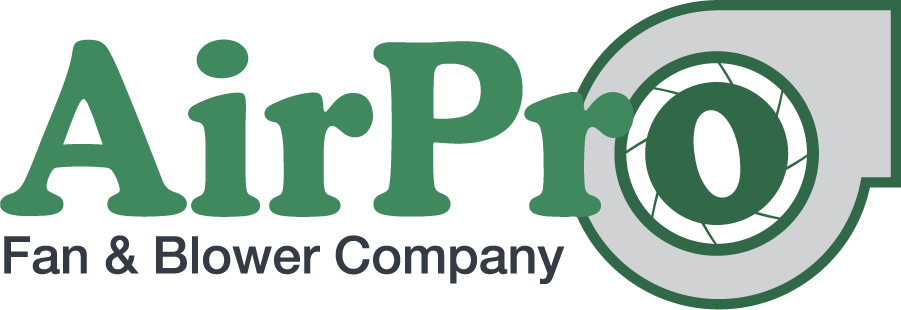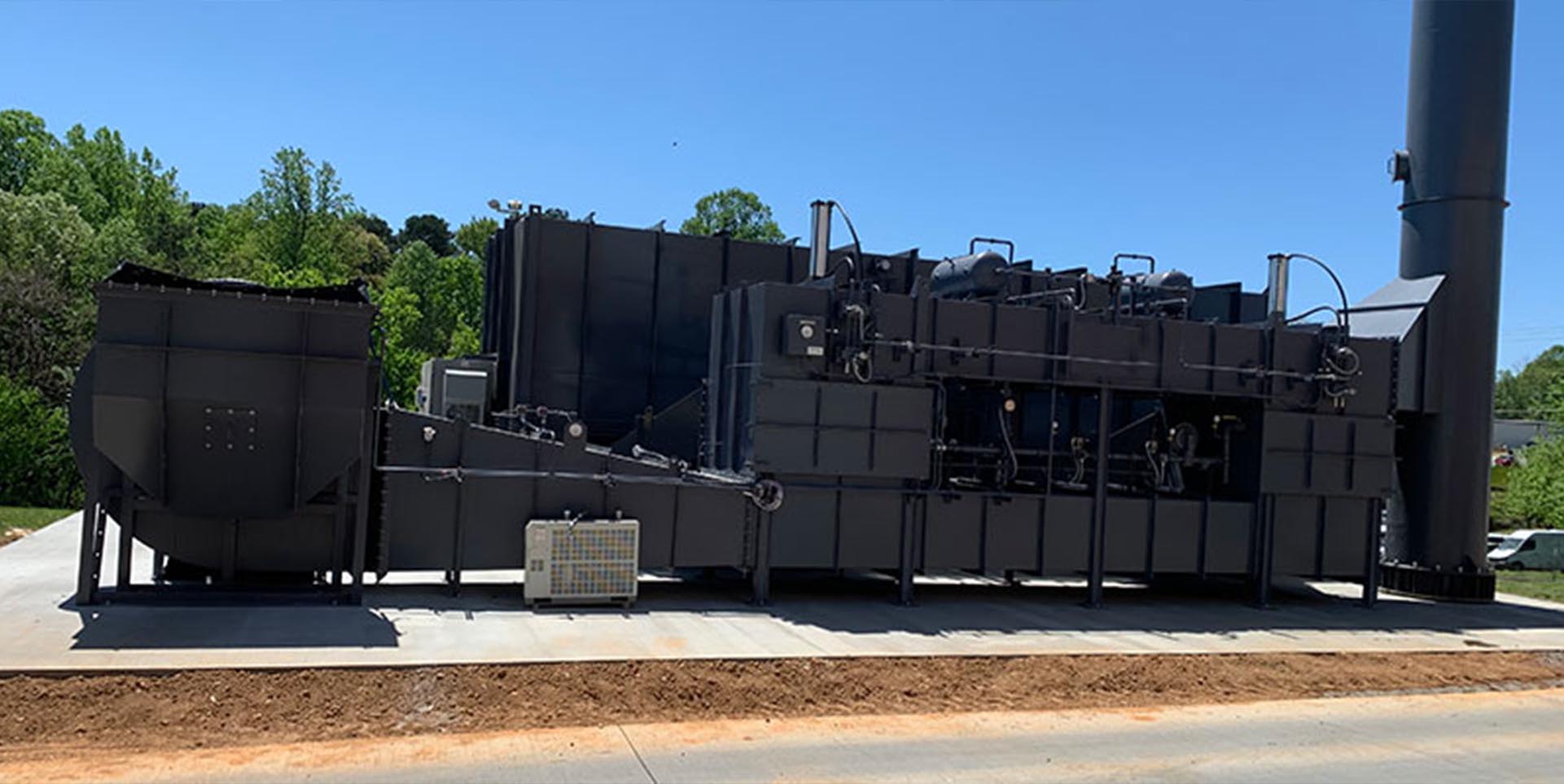Centrifugal Fan Applications for Thermal Oxidizer Manufacturers
Thermal Oxidizers (TO) and Regenerative Thermal Oxidizers (RTO’s) are essential industrial air pollution control equipment. Thermal Oxidizer manufacturers provide RTOs and TOs as OEMs for many industries that need to ensure safety, comfort, and compliance in their facilities as well as surrounding environments.
Oxidizer applications generally utilize backward curved centrifugal fans to transport the facilities process air through the oxidizer chambers to break down the volatile organic compounds (VOC’s) and emit clean air out of the plant. Both RTO and TO systems also require a combustion air burner with a pressure blower.
Our representative with Industrial Fan Solutions frequently works on oxidizer applications, so we spoke with them to get some insights for you. Here’s a summary of what we learned in our conversation.
Industrial Fan Solutions Insights on Thermal Oxidizer and RTO Fans
A top source for industrial air moving equipment, Industrial Fan Solutions (IFS) represents AirPro Fan & Blower Company in Southern California. The region is home to manufacturers across many industries that use Thermal Oxidizers and Regenerative Thermal Oxidizers, such as food and dairy processing, pharmaceuticals, chemical, and pharmaceutical to name a few.
IFS owner and AirPro representative Tim Siverhus outlined the important role of the industrial process fan in enabling thermal oxidizer manufacturers and the industries they serve to keep our air clean. An expanded page with all those details is coming soon. But here are some highlights from our conversation with IFS.
What Thermal Oxidizer Manufacturers Should Expect from the Industrial Fan Component/s
As in many applications, the fan is the heart of the system. In this case, it takes the process air from hazardous to safe. And it’s not just nice to have, it’s required by the Environmental Protection Agency’s Clean Air Act.
That means it’s worth careful consideration and close collaboration with professionals like IFS to ensure you’re making the optimal components for your system. Here are a few key things thermal oxidizer manufacturers should make sure they get from the fans that power their air pollution control system:
Efficiency to Conserve Energy and Cost
The right process air fan in the RTO or thermal oxidizer can drive tremendous efficiency, satisfying increasing energy consciousness as well as providing cost savings for the facility and its neighbors.
Testing for Low Vibration and Temperature
Look for a thorough trim balancing testing process, sound quality assurance, and a careful monitoring system to ensure safe operations and the longest possible life for the fan and bearings.
Modular Design for Stability and Ease of Installation
Don’t just think about the fan itself. Think about everything that goes into an efficient, effective installation. A modular pedestal design that doesn’t require rebar/concrete in the pedestal increases stability and also saves time and money at installation.
“It’s so important to work with a fan manufacturer that can meet the specifications of the oxidizer application with high efficiency, high quality, and impeccable reliability. AirPro is consistent in all three areas. Their ongoing innovation process nets great design options and their rigorous quality assurance backs up their 3-year warranty promise.” -Tim Siverhus, Industrial Fan Solutions
Learn More About Oxidizer Fans
We want to thank our rep partners at Industrial Fan Solutions for their contributions to our thermal oxidizer application overview. To learn more from IFS, visit their website or contact them at (213) 381-5548.
If you have questions about industrial fans for oxidizers or any other application, call 715-365-3267 or contact us, and one of our engineers will connect with you.
We’ll be highlighting several more of our reps through the course of the year. Keep your eye on the All Things Fans blog and sign up for our newsletter to stay up to date, and please join the conversation on LinkedIn.
Contact us for a connection with your local rep or to schedule an appointment with an application engineer.

